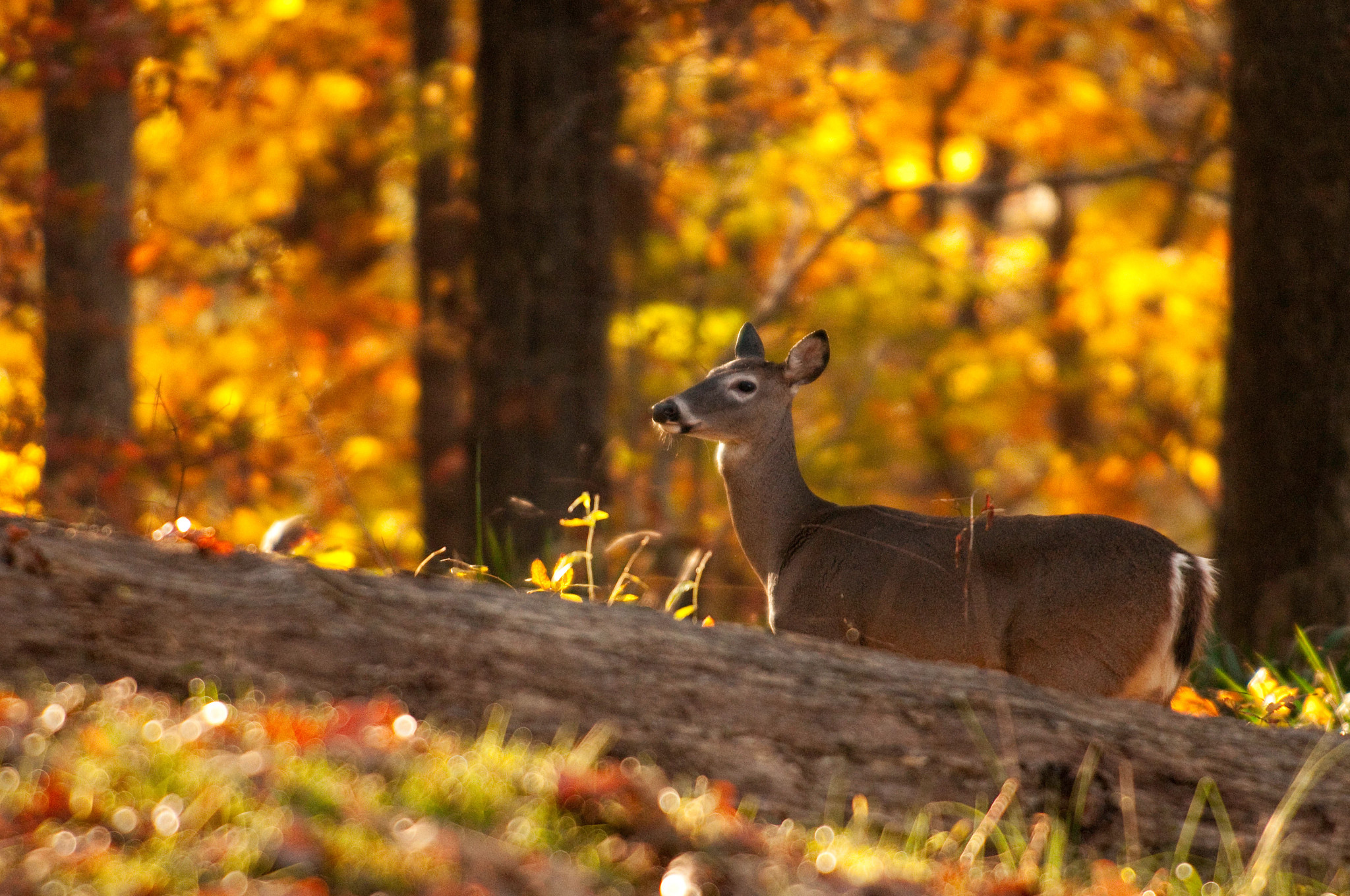Contact: Erin Larson, DNR Herd Health Specialist
Erin.Larson@wisconsin.gov or 608-516-2783
Hunters: Test Deer For CWD Before Eating Venison
 The DNR reminds hunters to test their deer for CWD before eating venison.
Photo credit: iStock/vicm
The DNR reminds hunters to test their deer for CWD before eating venison.
Photo credit: iStock/vicm
MADISON, Wis. – The Wisconsin Department of Natural Resources (DNR) reminds hunters to test their deer for chronic wasting disease (CWD) before eating venison, as advised by human health organizations.
The Wisconsin Department of Health Services (DHS), the Centers for Disease Control and Prevention (CDC) and the World Health Organization (WHO) all recommend against eating meat from deer that test positive for CWD. Infected deer typically appear healthy for many months after contracting the disease, so DHS encourages testing for the disease regardless of the physical condition of the harvested deer, especially in areas prevalent with CWD. To date, there have been no reported cases of CWD infection in humans.
CWD is a contagious, fatal neurological disease that affects the nervous system of deer, elk, moose and caribou. It belongs to the family of diseases known as transmissible spongiform encephalopathies (TSEs) or prion diseases.
Prions are misshaped proteins that can spread the disease through direct animal-to-animal contact or in the environment through bodily substances or the carcass parts of an infected deer. Prions are extremely resilient and capable of remaining in the soil for years, potentially infecting several deer from a single source.
The disease can have an incubation period of over a year, which means infected deer can appear healthy for months before showing signs of illness. When signs are visible, the common signs are drastic weight loss, drooped head and ears, loss of coordination, excessive salivation and reduced fear of humans.
How To Test Your Deer
The DNR offers different options for hunters to test their deer for CWD. These choices are free and accessible to every hunter in the state. Hunters may choose from the following four options:
- Self-service kiosks open 24/7: Kiosks contain supplies for hunters to drop off their deer’s head with five inches of neck attached for testing. This is a great option for antlerless deer or any deer that has already been skull-capped or caped out by a taxidermist.
- In-person with cooperating partners: Meat processors and other businesses can collect the deer head for sampling later or remove the lymph nodes at the time of drop-off. This is a good option for hunters who intend to mount their deer. If your taxidermist is not a cooperator, ask for the caped-out head back so you can drop it off at a kiosk.
- At-home via lymph node sampling: Hunters unable to stop by a kiosk or cooperator within a day or two of harvest may pick up a kit ahead of time. Hunters can extract the retropharyngeal lymph nodes using the provided instructions and return the lymph nodes to the DNR or a kiosk for testing.
- By appointment with local DNR staff: This is a good option for hunters who want to have a European mount done. Hunters can contact their local wildlife management staff to schedule an in-person appointment.
Hunters may choose their preferred method and find the nearest accommodating location using the DNR’s CWD sample mapping application.
CWD testing, proper carcass disposal and following baiting and feed regulations are three important ways hunters can help slow the spread of CWD this season. To learn more about CWD, visit the DNR’s Chronic Wasting Disease webpage.

